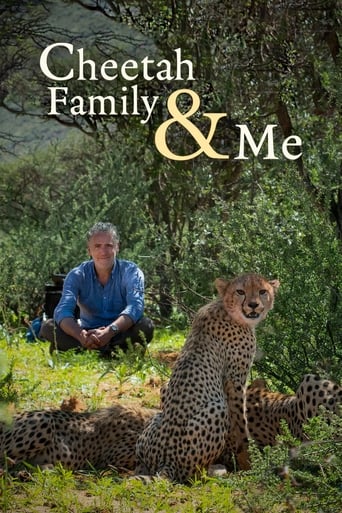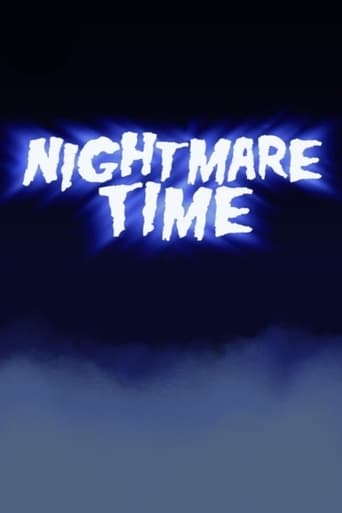
Episode Two: Good-time Girls
Female field crickets trade food for sex. Female ladybugs are wanton--they don't even need food to be persuaded to leap into bed. Recent discoveries have destroyed the old notion that males are natural philanderers and females are naturally chaste--it now turns out that, in most species, the more promiscuous females have more and healthier children. But why? And what do females find attractive in a guy, anyway? That depends. Female Australian seaweed flies, for example, won't have sex with a fellow unless he can physically overpower them. And where do humans fit in? Find out... This episode includes interviews with Ned Place of the UC Berkeley Hyena Project, Mike Majerus, ladybug specialist and evolutionary biologist at Cambridge University, and Martie Haselton, an evolutionary psychologist at UCLA. And it features songs such as the ladybug promiscuity song and the hyena song.
- Martin Durkin
Country: GB
Language: En
Runtime: 60
Season 1:

The female button beetle mates with her son and then eats him. Some male mites copulate with their sisters inside their mother's womb. So when is incest acceptable? Sea hares engage in lengthy orgies-they are hermphrodites, so they can play the male role and the female role both at the same time. When is it a good idea to be a hermaphrodite? Meanwhile, the bdelloid rotifer has not had sex for millions of generations. Why not? And why don't the rest of us follow her example? Find out... This episode features several interviews, including with Dan Fessler, an anthropologist at UCLA, and with Janet Leonard, a banana slug expert at UC Santa Cruz. And it features songs such as The Trouble with Sex, and Strangely Familiar.

Female field crickets trade food for sex. Female ladybugs are wanton--they don't even need food to be persuaded to leap into bed. Recent discoveries have destroyed the old notion that males are natural philanderers and females are naturally chaste--it now turns out that, in most species, the more promiscuous females have more and healthier children. But why? And what do females find attractive in a guy, anyway? That depends. Female Australian seaweed flies, for example, won't have sex with a fellow unless he can physically overpower them. And where do humans fit in? Find out... This episode includes interviews with Ned Place of the UC Berkeley Hyena Project, Mike Majerus, ladybug specialist and evolutionary biologist at Cambridge University, and Martie Haselton, an evolutionary psychologist at UCLA. And it features songs such as the ladybug promiscuity song and the hyena song.

Why do males of so many species--such as the black-winged damselfly--have such complicated penises, complete with bristles and nobbles and spikes? Because the penis is not just for sperm delivery: it can also have other purposes, like persuading a promiscuous female to dump the sperm of her previous lover. And why do males fight all the time? Why do females of some species cannibalise their mates? Worse, what if you're ugly? What if you're poor? What if you're a wimp? What if you're a poor ugly wimp? All is not necessarily lost. Find out why... This episode features interviews with penis specialist Alan Dixson of San Diego Zoo, cannibalism specialist Maydianne Andrade of the University of Toronto, and lizard king Barry Sinervo of UC Santa Cruz. It includes the songs Pocket Rocket, about the evolution of penis shape, and the sexual cannibalism song (Hungry for Love).






















